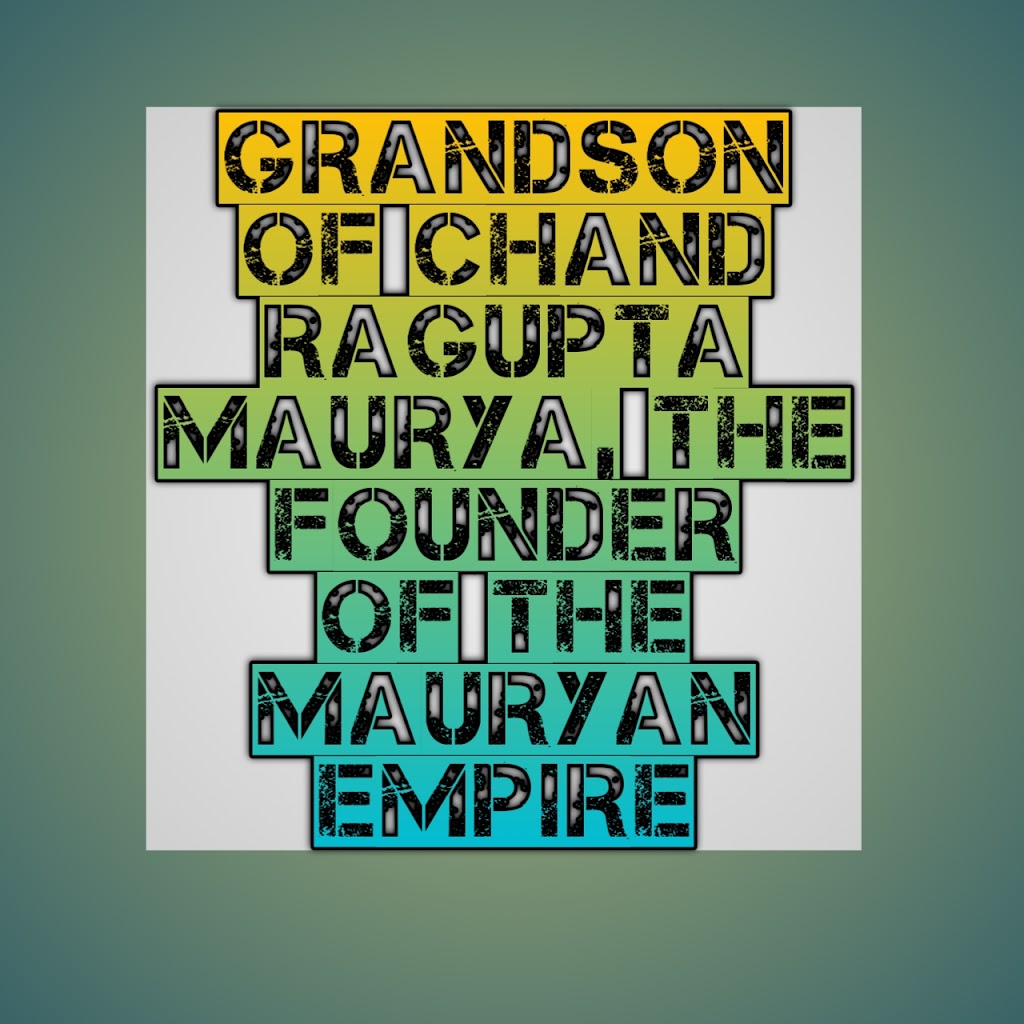Grandson of Chandragupta Maurya, the founder of the Mauryan Empire
There are many incomparable architectures all over India, there are Hindu temples, there are Jain deras, these are Sthirshe and Paityo. There is a Kailasa temple built by carving a huge mountain. Huge sizes like Pia, Monakshi Temple, Nagarjunkoda, Khajuraho and Konak which are temple clusters like Delwada and Shatrujya P5 Palitana on Magu hills. So, one is amazed to see the Sun Temple of Modhera in Surat and the seven-storeyed floor of Patan. Apart from this, the magnificent palaces, forts, mosques, mausoleums, artifacts, umbrellas, etc., built in memory of the magnificent palaces, forts, mosques, tombs, etc. built during the Mughal and Redut regimes As an integral part of Indian architecture, Indian sculpture has its own uniqueness. Mohenjo-daro culture of the Indus Valley – Jo.
33 The Role of Art in Education Base and very ancient sculptures have been found from the remains of Harappa. Thousands of square-shaped coins have also been found in the ruins of these two ancient cities. The postures are embossed with elephants, one horned rhinoceros, tiger, saber, ‘unicorn’, Brahmani khut, crocodile-like animals, profiles, low-relay sculptures. These mudras have been identified as early specimens of Indian art, other remnants of Indus Valley culture have also been found from the states of Gujarat, Rajasthan etc. From this many other places in the Indus Valley – such as Lothal, Kuntani (Rajkot district) and Dholavira (Kutch) have found grounds to believe that trade with Mesopotamia may have taken place by sea as rich as 5000 years ago like Ur and Mesopotamia. Stamps of Indus culture have also been found in the towns.
The history of Indian :
Art dates back to the Maurya period. Ashoka, the grandson of Chandragupta Maurya, the founder of the Mauryan Empire, had a change of heart after the bloody battle of Kalinga. He was deeply saddened by the violence he had committed. He later converted to Buddhism. For the propagation of Buddhism, he carved inscriptions with religious teachings and erected pillars at various places in the vast empire. Soup began to be made on the remains of the Buddha’s earthly body. Sculptures of lions, elephants and oxen were carved on the pillars of Mauryan art.
These pillars and sculptures were also plated to make them look shiny. There is a stylized sculpture of four lions on the Sarnath pillar. After India was liberated from British slavery in 1947, this currency has been adopted as the flag of independent India. Apart from that, the sculptures of Yaksha of Patna and the sculpture of Didarganji Yakshini can be said to be complete sculptures carved in the stone of early times.
Drama and Art in Education 34 The tradition of development of Mauryan sculpture continued even in the period of successive horns. Stupas were built during this time. The shape of the soup looks like a cat’s top. And inside it the remains of the Buddha’s earthly body were placed in a container. The pillars are decorated with lotus rice etc. Sculptures of animals were placed on the door of the fence. Semi-sculptures of Yaksha and Yakshini can be seen on the pillars of the fence. Sanchi’s stupa is the most beautiful. Sanchi’s stupa has four grand turns on all four sides. On all four gates are beautiful sculptures of occasions like Jatakatha etc., animals, Yakshas and Yakshinis. The dehlality of the Yakshinis is amazing. Among the stupas around the world, the sculptural beauty of this stupa of Sanchi is benign and wonderful. Sanchi has more than one stupa.
On the fence around the Sanchi stupa as well as on the pillars, sculptures of Yaksha Kubera and the beautiful Yakshini are carved in a semi-sculptural style. The Buddha is not represented as a human being in the sculptures of Bharhut and Sanchi, but is represented by their respective symbols: the sacred steps, the wheel, the Bodhi tree, the horse without umbrella and the umbrella on it, the Dharmachakra, etc.
Began to be presented in the form of human statues. Pangri in this style Gandhara (Afghanistan). en dat httray? Saas ARTER Amravati Shelley: Just as important events were taking place in the field of politics and art in North India, so was the transition period in the field of art in the banks of the Krishna and Godavari rivers in the south. As a result, the sculptural styles of Amravati rose and developed in this region.


no rx pharmacy